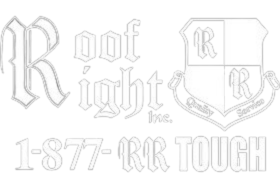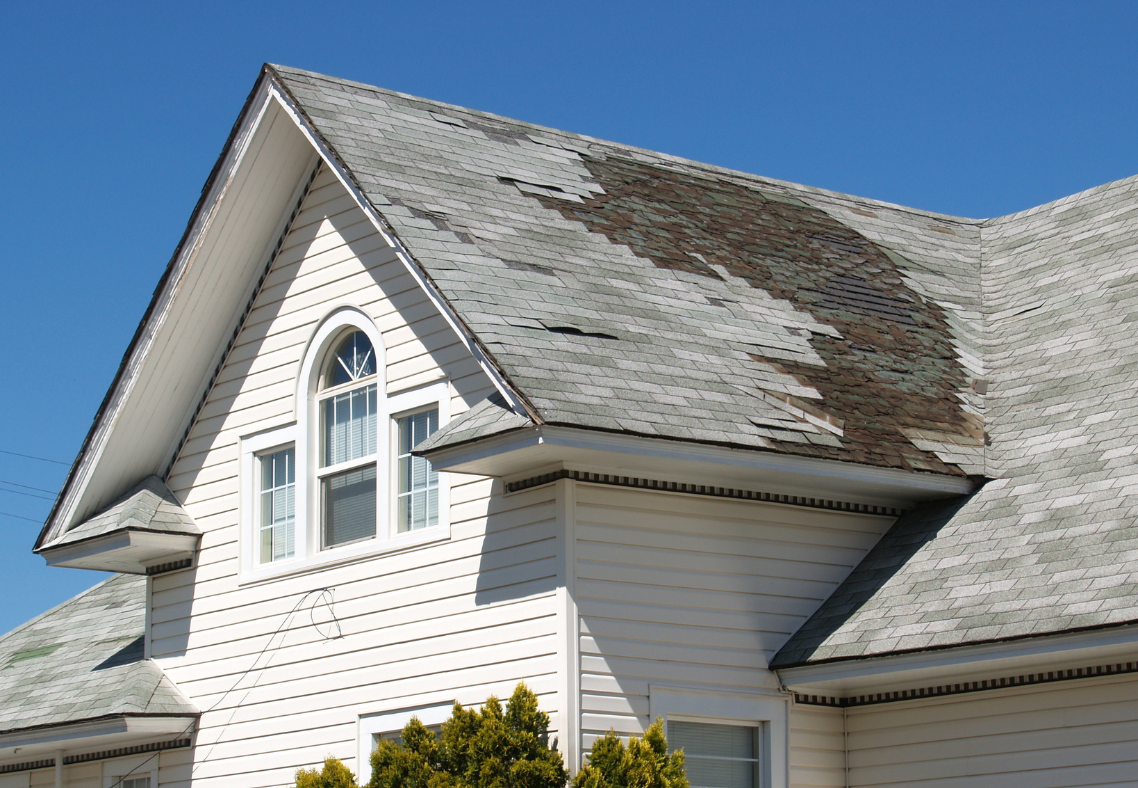What Are The Signs Of An Aging Roof In Maryland
Roof Right: Exterior Home Remodeling Specialists in Maryland Contact UsSchedule A Free EstimateYour roof is your home’s first line of defense against Maryland’s ever-changing weather. From intense summer heatwaves and thunderstorms to frigid snowstorms and high winds, Maryland homeowners rely on a strong, durable roof to keep their properties safe and comfortable year-round. But like anything exposed to the elements for decades, your roof will eventually show signs of aging. Recognizing those signs early can be the difference between affordable repairs and costly, unexpected replacements. Whether you live in Hampstead, Frederick, Baltimore, or anywhere else in Central Maryland, understanding the symptoms of a failing roof is essential to protecting your home and your investment. Let’s explore the most common signs of an aging roof, why they matter, and what Maryland residents should do when those signs appear.
What Are The 10 Signs Of An Aging Roof In Maryland
1. The Age of the Roof Itself
The first and most obvious factor is the age of your roofing system. Most asphalt shingle roofs in Maryland last between 20 to 25 years, depending on the quality of materials and installation. Metal and tile roofs can last longer—sometimes up to 50 years or more—but even those will eventually degrade under the state’s humid summers and icy winters. If your roof is over 15 years old and has never been replaced, you should schedule an annual inspection—even if you haven’t noticed any visible problems. Maryland’s freeze-thaw cycles and the high humidity near the Chesapeake Bay area can accelerate the wear and tear on roofing materials.
2. Curling, Buckling, or Lifting Shingles
Shingles that no longer lie flat are a clear sign of aging. Curling occurs when shingles begin to lose their protective granules and are exposed to extreme temperature fluctuations. This is especially common in older homes across Carroll County and other wooded areas where roofs may remain damp for extended periods. Buckled or lifted shingles can let in water and wind, reducing the roof’s ability to protect the interior of your home. These shingles also tend to break off more easily in windstorms, which are not uncommon during Maryland’s spring and fall storm seasons.
3. Granule Loss and Discoloration
As shingles age, they start to shed their granules—the gritty layer that protects them from UV rays and rain. You may notice these granules collecting in your gutters or downspouts. Over time, shingles that lose granules appear patchy or “bald.” Granule loss isn’t just a cosmetic issue—it exposes the underlying asphalt layer, speeding up deterioration and making the roof more susceptible to leaks. If you spot large areas where shingles look darker or smoother, it’s a good sign your roof is reaching the end of its life.
4. Cracked, Broken, or Missing Shingles
If you’re seeing cracked or broken shingles—especially after a storm—it could mean your roof is no longer flexible enough to withstand Maryland’s shifting weather. Over time, shingles become brittle and can crack under pressure from wind, hail, or even fallen branches. Missing shingles are another warning sign. Even one or two lost shingles can expose your underlayment and decking to moisture, leading to interior leaks. If you frequently have to replace individual shingles, it may be more cost-effective to replace the entire roof.
5. Water Leaks or Stains in the Home
Water is a roof’s worst enemy. If you notice water stains on your ceilings, peeling paint near the roofline, or moisture in your attic insulation, your roof could be compromised. In Maryland, where rainfall is frequent—especially during spring and hurricane season—leaks can quickly escalate. Often, by the time interior leaks are visible, significant roof damage has already occurred.
6. Sagging Rooflines or Uneven Surfaces
Your roof should have a straight and even appearance. A sagging ridge or drooping section usually indicates rot in the decking or water damage that has weakened structural supports. This is a serious sign of an aging or failing roof and should be inspected immediately. Maryland homes with older rafters or roofs installed before current building codes may be especially prone to sagging issues if they’ve endured decades of snow and rain.
7. Mold, Moss, or Algae Growth
In Maryland’s humid climate, moss and algae grow easily—especially on north-facing slopes or shaded areas under large trees. While moss may appear harmless, it retains moisture and can cause shingles to deteriorate faster. Algae, often seen as black streaks, may not cause immediate damage but is a clear indicator of prolonged moisture buildup—a sign your roof isn’t draining or drying as effectively as it should.
8. Higher Energy Bills
An aging roof can affect your home’s energy efficiency. If your cooling and heating bills have spiked and other causes have been ruled out, the problem may lie above you. As roofing materials deteriorate, they can lose their insulating properties and allow unwanted heat transfer—making your HVAC system work harder, especially in Maryland’s hot summers and cold winters.
9. Rusted or Damaged Flashing
Flashing protects vulnerable areas like chimneys, vents, and valleys from leaks. If your flashing is made of older materials like tar or roof cement, or if it appears cracked, rusted, or separated, your roof is vulnerable to water intrusion. Modern metal flashing is more durable, but even it can corrode over time, especially in areas near saltwater like Annapolis or Kent Island.
10. Roofing Material Debris in Gutters or Around the Yard
If you’re finding bits of roofing material—like shingle fragments, nails, or flashing—in your gutters or yard, it could mean your roof is deteriorating at an accelerated rate. This debris may result from wind damage or simply aging shingles breaking apart.
What Maryland Homeowners Should Do
If you notice one or more of these signs, don’t ignore them. Roofing problems rarely fix themselves, and Maryland’s unpredictable weather can turn a small issue into a major one within a single season. Regular inspections by a trusted, local roofing contractor can help extend the life of your roof and protect your home’s value. At Roof Right, we provide comprehensive roof assessments tailored to Maryland’s unique climate challenges. We understand the weather patterns, local building codes, and the common materials used in homes across the region.
Contact Roof Right for a Roof Replacement In Maryland
Your roof might be silently telling you it’s time for an upgrade—don’t wait for a leak to listen. At Roof Right, we’ve helped Maryland homeowners in Hampstead, Carroll County, Baltimore County, and beyond protect their homes with high-quality, long-lasting roof replacements. Contact us today to schedule your free roofing inspection. We’ll assess your current roof’s condition, recommend the most cost-effective solution, and ensure your home is protected for decades to come. Whether your roof is showing its age or you’re planning ahead, let Roof Right be your trusted partner in roofing excellence.
Areas We Serve
If you're looking for a roof contractor in Maryland, give Roof Right a call today at (410)-374-5923 to schedule an appointment!
Carroll County
Howard County
Clarksville, Columbia, Elkridge, Ellicott City, Fulton, Jessup, Laurel, Woodstock
Montgomery County
Baltimore County
Baldwin, Bradshaw, Carney, Cockeysville, Glen Arm, Hunt Valley, Jacksonville, Kingsville, Lutherville, Nottingham, Overlea, Owings Mills, Parkton, Parkville, Perry Hall, Phoenix, Pikesville, Reisterstown, Sparks, Timonium, Towson, White Marsh

